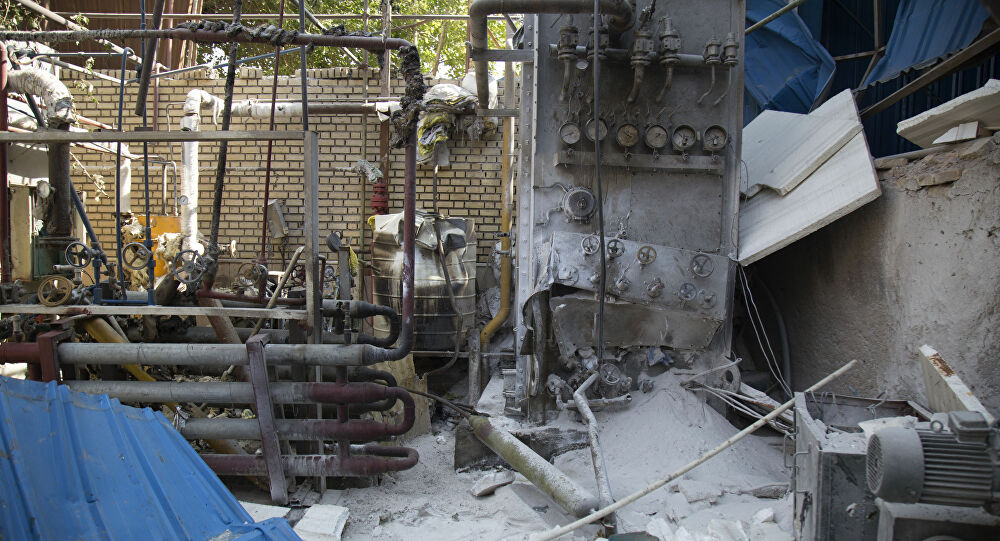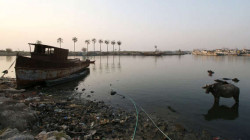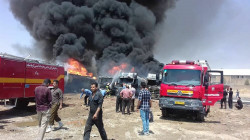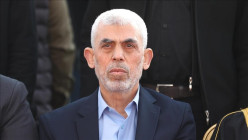Iran has not yet recovered from Natanz explosion hit, report

Shafaq News/ Iran has yet to recover from a devastating explosion at its Natanz nuclear facility last July, sources have told The Jerusalem Post, undercutting IAEA reports this week that the Islamic Republic has made progress with advanced centrifuges for enriching uranium.
On Tuesday, Reuters disclosed an IAEA report which claimed that Iran has started enriching uranium at its new underground Natanz facility using advanced IR-4 centrifuges.
This could be highly significant because until now, most of Tehran’s centrifuges were the slower IR-1 model, with a smaller number of IR-2ms.
The more advanced IR-4 centrifuges could shorten the timeline for breaking out to a nuclear weapon, and having the machines underground could severely complicate or even prevent the IDF’s ability to attack them in the future.
Despite the report and these implications, sources have revealed to the Post that Iran is still far from a full recovery following the July 2 explosion at an above-ground structure at the Natanz facility. The structure was the main site for assembling advanced centrifuges like the IR-4 and the IR-6.
The explosion was attributed to the Mossad. Sources emphasized that Israel’s activities to prevent Tehran from obtaining a nuclear weapon never end and that there is no site, old or new, which is safe.
At the time, Israeli defense officials and nuclear experts collectively said that the explosion would push the Islamic Republic’s advanced centrifuge program back by one to two years.
But now more than eight months later, the IAEA report this week saying that Iran has begun feeding a cascade of 174 IR-4 centrifuges at Natanz with natural UF6 – the form of uranium that is fed into centrifuges for enrichment – seemed to suggest a recovery.
The IAEA report also suggested that a second cascade of IR-4 centrifuges would soon be installed at Natanz.
However, these numbers not only pale in comparison to where Iran would have been at this point had the explosion not taken place, but they are also much less advanced than the country was even back in July 2020, defense officials have indicated.
Given additional time, Iran may recover to the point where it was in July 2020.
Weeks after the Natanz facility was destroyed, Intelligence Minister Eli Cohen told the Post that Israel knows “everything that is happening in Iran.”
Institute for Science and International Security president David Albright said to the Post that even if Iran had made a very partial recovery since July, it was significant that they still lacked the capacity to mass produce advanced centrifuges.
Albright said that the 164 IR-4 centrifuges reflected existing or possibly very limited additional production, but no real new production, which has not yet been restored.
He added that the destroyed above ground facility had taken six years to build from 2012-2018.
Without mass production capacity, it was unclear whether Iran could meet its apparent self-declared deadline of operating 1,000 IR-6 advanced centrifuges by December 2021, though some reports indicated that the deadline was in fact in March and passed last weekend. Albright, however, said that his team of Farsi translators had determined the deadline was still some nine months off.
Still, former IAEA official and Stimson Center fellow Olli Heinonen urged caution. “The destruction of the above–ground facility has delayed particularly the IR-6 program, but Iran has likely key equipment for assembling centrifuges. I do not feel that they lay all eggs in one basket when it comes to maintaining crucial manufacturing capabilities. An example of that is after 2004, the construction of Fordow paralleled work in Natanz.”
Moreover, he warned that Iran has achieved “an important technical development at Fordow. The installation of two cascades of IR-6 centrifuges to produce 20% enriched uranium from uranium enriched up to 5% by IR-1 cascades is a major technical achievement – if successful.”
“Such an arrangement removes an intermediate step, where 5%-enriched uranium is collected from one cascade unit to a cylinder and then taken to the next unit and fed to a cascade producing 20%-enriched uranium. It makes the process more efficient,” he said.
Moreover, Heinonen said that “Iranian engineers have collected indispensable experience and knowledge on IR-2 and to some degree on IR-4 centrifuges for further decisions” – which they can use in the future regardless of the general status of the nuclear program.





